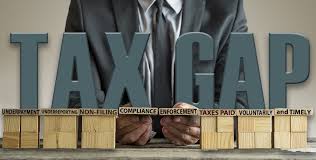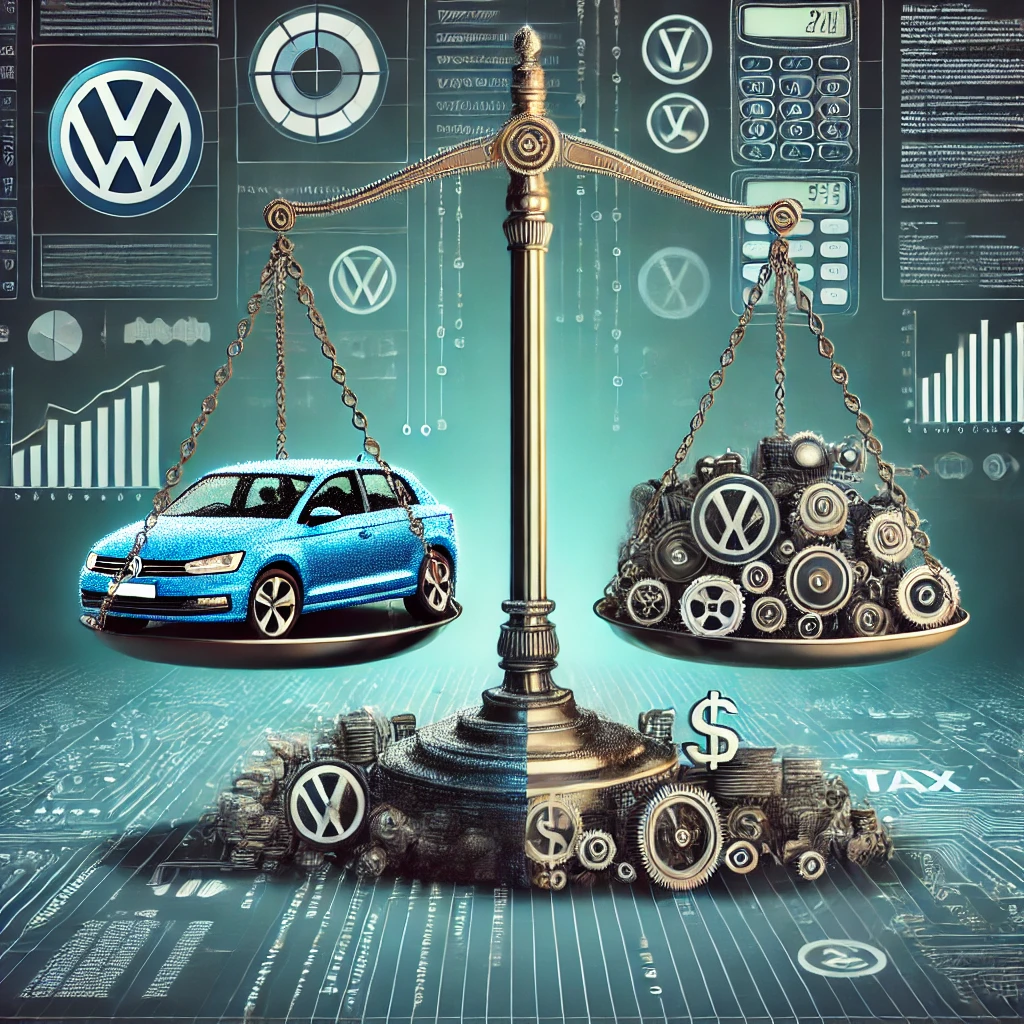Capital Expenditures under Tax Law
Capital Expenditures under Tax Law
1. Introduction
Under tax law, capital expenditures (CapEx) refer to amounts spent by a taxpayer to acquire, improve, or extend the life of a capital asset (e.g., buildings, equipment, vehicles, land). These are not immediately deductible as expenses in the year incurred. Instead, they are capitalized and then recovered over time through depreciation, amortization, or depletion.
Understanding what constitutes a capital expenditure is essential in tax planning because it affects taxable income, deductions, and cash flow.
2. Capital Expenditures vs. Deductible Expenses
➤ Capital Expenditures:
Provide future benefit beyond the current year.
Are not fully deductible in the year incurred.
Are added to the basis of the asset and depreciated/amortized over time.
➤ Ordinary and Necessary Business Expenses:
Are fully deductible in the year they are incurred.
Include salaries, rent, utilities, maintenance, office supplies, etc.
Key Distinction:
Capital expenditures create or enhance assets. Ordinary expenses are for day-to-day operations.
3. Legal Criteria for Capital Expenditures
Courts and the IRS generally apply the following tests to determine whether an expenditure is capital in nature:
Creation or acquisition of an asset with a useful life extending substantially beyond the tax year.
Improvement of an existing asset that enhances its value, prolongs its life, or adapts it to a new use.
Restoration or betterment of property.
4. Key Case Law on Capital Expenditures
A. INDOPCO, Inc. v. Commissioner, 503 U.S. 79 (1992)
Facts: INDOPCO incurred professional fees during a corporate acquisition.
Issue: Were those fees deductible as ordinary expenses or capital expenditures?
Ruling: The Supreme Court held that the expenses provided future benefits and must be capitalized.
Significance: Reinforced the rule that expenditures with future benefits must be capitalized, even if no tangible asset is created.
B. Commissioner v. Lincoln Savings & Loan Ass’n, 403 U.S. 345 (1971)
Facts: The taxpayer made payments to establish a secondary reserve required by a federal agency.
Issue: Were those payments currently deductible?
Ruling: The Court held that the payments created a distinct and separate asset and thus were capital expenditures.
Key Point: Emphasized the creation of a "separate and distinct asset" as a test for capitalization.
C. Midland Empire Packing Co. v. Commissioner, 14 T.C. 635 (1950)
Facts: The taxpayer spent money to oilproof its basement to continue using it for food storage due to oil seepage from a neighboring refinery.
Issue: Was the expenditure a capital improvement or a deductible repair?
Ruling: The Tax Court ruled that the expense was a repair and therefore currently deductible.
Significance: Clarified that repairs to maintain existing operations do not necessarily create a capital asset.
D. Mt. Morris Drive-In Theatre Co. v. Commissioner, 25 T.C. 272 (1955)
Facts: The taxpayer repaved a parking area to restore it to original condition.
Ruling: Court held it was a capital expenditure because it substantially prolonged the life and improved the condition of the property.
Takeaway: Restoration that significantly increases value or life of the property is capitalized, even if it seems like a repair.
5. IRS Guidelines and Judicial Tests
Courts and the IRS have developed tests to help differentiate:
"Betterment" Test:
Does the expenditure correct a material defect or add value?
"Adaptation to a New Use" Test:
Does the expenditure adapt property to a new or different use?
"Restoration" Test:
Does the expenditure restore property after deterioration?
If yes to any of these, it is generally a capital expenditure.
6. Treatment and Recovery of Capital Expenditures
Since capital expenditures cannot be deducted immediately, the taxpayer must:
Capitalize the cost (add it to the asset's basis).
Recover the cost over time through:
Depreciation (for tangible assets)
Amortization (for intangible assets)
Depletion (for natural resources)
This spreads the deduction over several years, matching the asset’s useful life.
7. Common Examples of Capital Expenditures
| Type of Expenditure | Deductible or Capital? | Reason |
|---|---|---|
| New machinery purchase | Capital | New asset with future use |
| Replacing a roof with better materials | Capital | Improves property |
| Routine maintenance (e.g., painting) | Deductible | Doesn’t extend life |
| Legal fees for acquiring land | Capital | Direct cost of acquisition |
| Software development | Capital (in most cases) | Provides long-term benefit |
| Professional fees in M&A | Capital | Long-term corporate restructuring |
8. Why It Matters for Taxpayers
Correct classification affects:
When the expense is deducted.
Amount of current vs. future taxable income.
Audit risk – misclassifying CapEx as deductible may lead to penalties.
9. Summary
| Category | Capital Expenditure |
|---|---|
| Definition | Costs to acquire, improve, or extend the life of an asset |
| Deductibility | Not immediately deductible – must be capitalized |
| Recovery Method | Depreciation, amortization, or depletion |
| Key Cases | INDOPCO, Lincoln Savings, Midland Empire |
| Importance | Affects tax liability, cash flow, and compliance |










0 comments